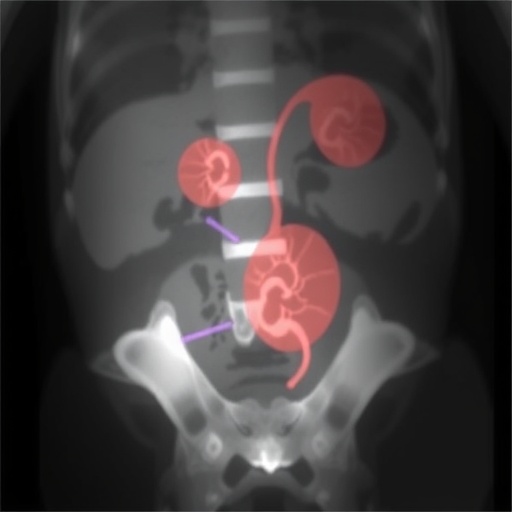After a series of studies, researchers at Lund University in Sweden, together with colleagues in Italy, have shown that not only one part, but most parts of the brain can be involved in processing the signals that arise from touch. The results open the way for a new approach to how the brain’s network of neurons processes information, and thereby the mechanisms by which the brain works.
The researchers conducted in-depth analyses of how touch signals are transferred and processed in neurons of various parts of the brain and the latest studies have been published in Cell Reports and Frontiers in Cellular Neuroscience. The experiments were conducted on anaesthetised rats.
“We immediately realised that our findings deviated strongly from the accepted view that different parts of the brain are responsible for different specific functions”, says Henrik Jörntell, one of the researchers behind the study.
The studies shed new light on how the brain processes signals about our experiences of the surrounding world.
“According to a prevailing view of the brain, known as functional localisation, the brain works like a set of switches: different parts of the brain are responsible for different functions. This theory is certainly easy to comprehend, but when we measure the activity levels in individual neurons, we get a different picture, which indicates that functions are in fact processed more globally by the whole brain”, says Henrik Jörntell.
Knowledge of how the brain manages information down to the individual neuron level is important to understand how neurological diseases occur, as they often comprise a disruption in the transfer of information between neurons.
The imprint of touch signals in the brain
The researchers used methods that enabled them to observe very precisely which touch signals were sent between various neurons in the brain’s network. Among other things, they generated touch signals through a finger prosthesis with synthetic skin sensitivity, a method which enabled them to send exactly the same signals in each experiment. Thanks to this new approach, the researchers were able to analyse how the touch signals were processed by individual neurons in various parts of the brain with a significantly higher resolution than was previously possible.
“The experiments showed that all parts of the brain we investigated were involved and processed the signals generated by touch, and that the differences in information between different neurons mean that they complement one another to create a rich picture, or perception”, says Henrik Jörntell, brain researcher at Lund University.
One neuron, several functions and a single network
The researchers’ explanatory model is that all information processing is conducted as though through a single network and that the neurons in the brain, in practice, have partially different functions from one situation to another.
“Each individual neuron is involved in a large number of different functions. As it is closely tied to a very large number of other neurons, the function that one neuron has in a specific situation will be determined by what the other neurons with which it is connected are doing at the time”, says Henrik Jörntell.
He thinks this could explain the previously baffling observation that minor brain injuries or loss of neurons often go unnoticed.
“The brain’s network learns to solve the same tasks by creating partly new collaborative groups of neurons, which enables it to bypass damaged neural tissue with no measurable loss of function. I believe that these findings could mean a new world of promising treatment potential for many different conditions. As there is often an extensive latent brain capacity left in cases of major brain injury, one can imagine that a greater recovery could be achieved if we could teach the brain to form new collaborative groups of neurons”, says Henrik Jörntell.
###
Media Contact
Henrik Jörntell
[email protected]
Related Journal Article
https:/
http://dx.




